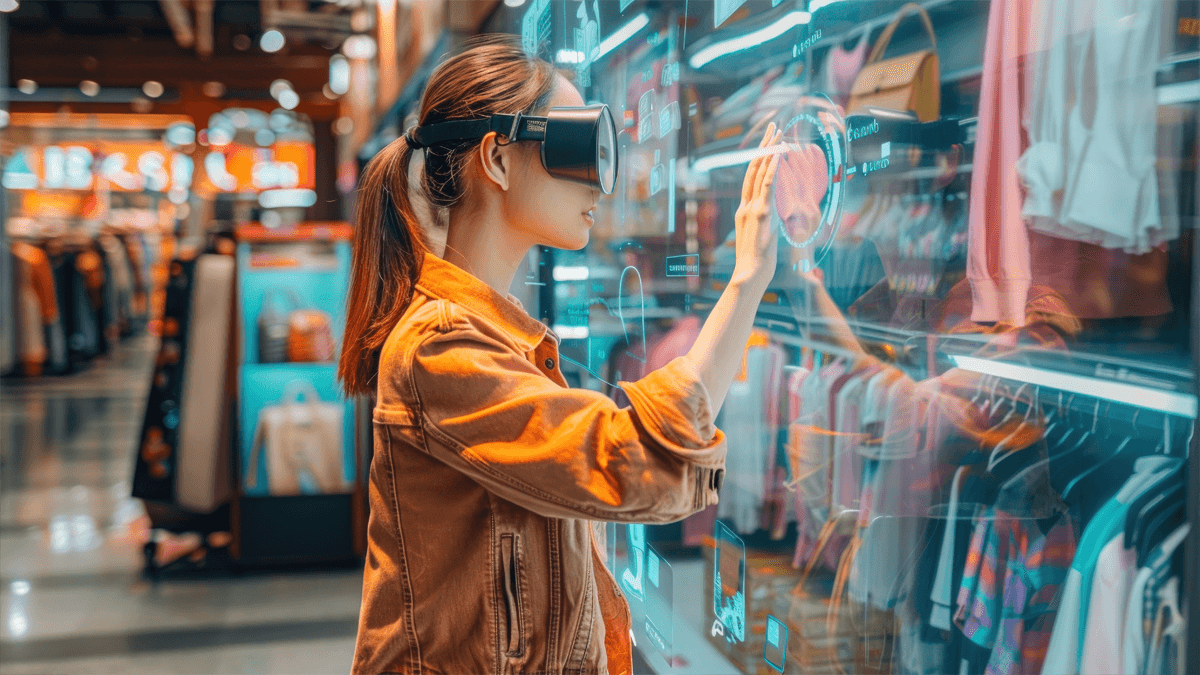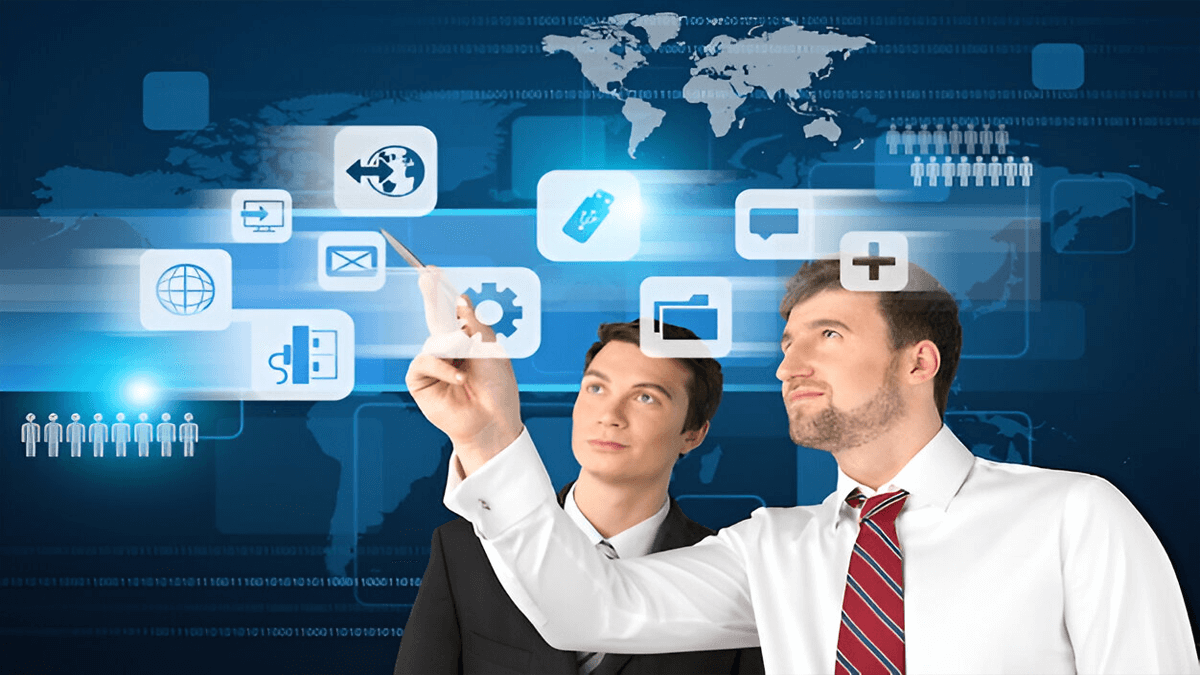Have you ever wondered what it would be like to have a digital version of your business that could anticipate problems before they happen or a virtual version of yourself interacting with customers in real-time?
In today’s AI-driven world, the terms “digital twins” and “virtual avatars” are often thrown around, but they represent very different concepts, each with unique business applications. So, what exactly sets them apart, and why are they becoming so crucial in business strategy?
Understanding Digital Twins: A Mirror of Reality
A digital twin is essentially a virtual model or replica of a physical asset, process, or system. It can be anything from a manufacturing machine to an entire city’s infrastructure. These replicas are created using real-time data, and evolve as the real-world object changes. The purpose of a digital twin is to simulate, predict, and optimize the performance of its physical counterpart.
Virtual Avatars: A Personalized, Interactive Interface
A virtual avatar is a digital representation of a person or character that interacts with the virtual world or other people. While avatars are most commonly associated with gaming, they are increasingly being used in business. Virtual avatars represent individuals or customer service agents, making them useful in settings like virtual meetings, customer service interactions, or personalized sales.
Key Differences Between Digital Twins and Virtual Avatars
Though digital twins and virtual avatars may seem similar because both are digital constructs, they serve distinct purposes:
Purpose: Digital twins focus on replicating and analyzing physical assets or systems for optimization, while virtual avatars represent individuals or entities for interaction and communication.
Data Sources: Digital twins rely heavily on real-time sensor data from physical objects to mirror and simulate real-world behaviors. Virtual avatars, by contrast, rely more on AI and natural language processing to interact with users and respond to inquiries.
Business Application: Digital twins are used in industries like manufacturing, healthcare, and urban planning for operational efficiency, predictive maintenance, and simulation. Virtual avatars are more prominent in customer service, marketing, and virtual reality experiences.
Why Do Digital Twins Matter in Business?
The business applications of digital twins are vast and growing. Here are a few key areas where they are making a difference:
Manufacturing and Operations: Digital twins offer manufacturers the ability to track their machinery in real-time. By predicting when equipment might fail, businesses can schedule maintenance ahead of time, reducing downtime and improving efficiency.
Urban Planning: Urban cities are using digital twins to simulate infrastructure and urban development. By creating a digital replica of the city, planners can visualize traffic patterns, predict infrastructure wear and tear, and optimize city resources before making costly real-world changes.
Healthcare: Healthcare providers use digital twins of patients’ organs to simulate treatments and predict health outcomes. A surgeon could virtually test a procedure on a digital twin of a patient’s heart before the actual operation, reducing risk and improving success rates.
Energy Management: Companies are using digital twins in the energy sector to monitor and optimize wind turbines. These digital replicas can simulate environmental conditions and help adjust turbine performance to maximize energy output.
Why Virtual Avatars Matter in Business?
While digital twins are about optimizing systems and processes, virtual avatars are reshaping customer interaction and personalization. Here’s how businesses are using them:
Customer Service: Companies are increasingly deploying AI-driven virtual avatars to provide 24/7 customer support. These avatars can handle simple customer inquiries, troubleshoot issues, and guide customers through purchasing processes.
Virtual Meetings and Events: With the rise of remote work and virtual events, companies are using avatars to add a personal touch to online interactions. Platforms like Microsoft Teams are exploring ways to integrate personalized avatars into meetings, making them more engaging and interactive.
Marketing and Branding: Virtual avatars can serve as brand ambassadors. For instance, virtual influencers can be an AI-generated Instagram personality—are being used by major brands to reach younger, tech-savvy audiences. These avatars offer a fresh, interactive way to engage with customers.
The Future of Business: Combining Digital Twins and Virtual Avatars
In some cases, businesses may find that both digital twins and virtual avatars complement each other. For example, in a smart retail environment, a digital twin of a store could optimize operations like inventory and energy use, while virtual avatars could interact with customers, guiding them through the buying process. This integration of systems and personalization could revolutionize how businesses operate, offering both efficiency and engagement.
Conclusion
In an AI-powered business world, digital twins and virtual avatars are becoming indispensable tools. While they serve different purposes, both technologies offer immense value in optimizing processes and enhancing customer interaction. As businesses continue to adopt AI-driven solutions, understanding the difference between digital twins and virtual avatars—and how they can be used to achieve specific business objectives—will be key to staying competitive in the future.



